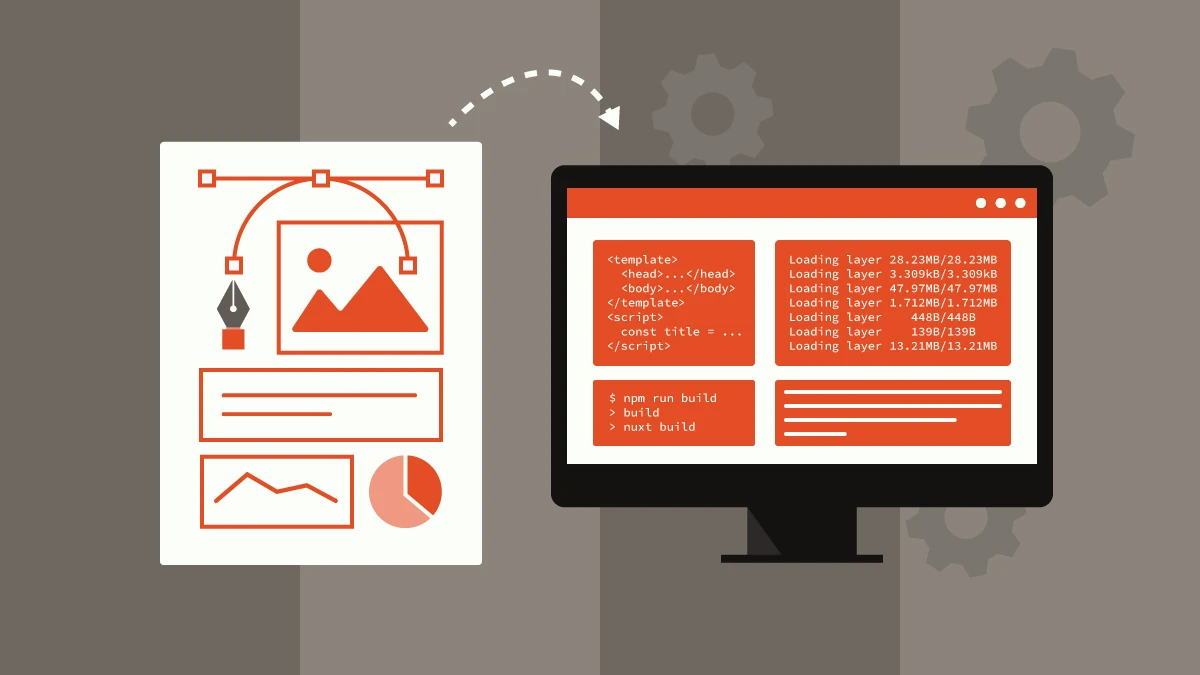Understanding the Role of Development
In many projects, the visual design is only the beginning. While a designer focuses on layout, colour, and branding, it’s the developer’s job to turn those static ideas into a real, working website. This includes writing code, setting up hosting, and ensuring everything functions properly across different devices and browsers.
What’s Provided vs. What’s Built
Clients often supply design files—typically from tools like Figma or Adobe XD. These files represent the visual intention of a website, but they don’t “do” anything. Developers take those visuals and bring them to life in the browser. This means handling layout structure, styling, responsive behaviour, and accessibility.
More Than Just Looks
Beyond making the site match the design, development also includes technical considerations:
- Performance: Ensuring the site loads quickly
- SEO: Structuring content for better search visibility
- Reliability: Preventing errors and downtime
- Security: Protecting data and user interactions
If the project includes dynamic functionality—like contact forms, content management, or ecommerce—this usually requires additional backend development and configuration.
Why Development Matters
Without proper implementation, even the best design can fall flat. A professional developer ensures that what users experience on-screen matches the original creative intent while also working reliably behind the scenes. Clean code, smart structure, and best practices all contribute to a website that not only looks good but performs well too.
